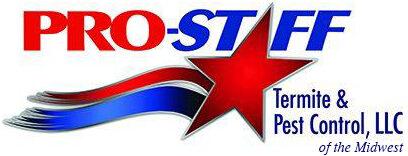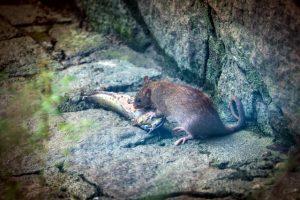
You are probably familiar with hibernation, but did you know bugs do something similar? It’s called overwintering. What is overwintering, and why would it affect you? We have answers to these questions and more.
Terms and definitions
Let’s begin with a few definitions: overwintering is defined as living through a winter. For pests, this generally means the insect acts differently than during the rest of the year, possibly moving locations, changing feeding habits, or, for many insects, transforming from one stage of development into another. Hibernation is a form of overwintering when an animal slows its metabolism and lives in dormancy for an extended period of time, requiring very little nourishment to sustain life. Another main form of overwintering is migration, which generally positively affects humans since pests leave their current location.
Insects and how they overwinter
Insects have several ploys to survive harsh winters. Many pest species die, but not before they lay eggs that develop during the cold winter months to hatch into new pests when spring’s warmer weather arrives.
Other pests (typically those with multi-year growth cycles) may change from one developmental stage to another, such as a larva or nymph. These stages are designed to allow pests to withstand cold temperatures and survive under a thin layer of soil or under a sheet of ice.
A few insects look for shelter to comfortably overwinter, often inside your home. These are the insects we consider most annoying. While they are not damaging to us or to our homes, they are truly disconcerting. Here are a few to look out for this winter:
- Cluster flies: Named because of their penchant to group, cluster flies are slightly larger and slower than houseflies. These flies congregate on the exterior of homes, seeking small openings to enter. When a door opens, dozens can fly in. They often enter through vents and then sequester in the eaves and along walls in attics.
- Ladybird beetles: Much like cluster flies, these opportunistic insects group on the exterior of homes. However, they are not flying in open windows or doors. Instead, they tend to squeeze in through windows and congregate in the corners of homes where walls meet ceilings.
- Boxelder bugs: With an ability to fly over 2 miles seeking out winter shelter, boxelder bugs are dormant once inside a home but have a distinct odor when crushed. They can stain light-colored fabrics with their droppings.
- Brown marmorated stink bugs: These garden pests munch on sweet fruits and vegetables all summer, then walk in to overwinter in your home. True to their name, their pungent odor keeps many homeowners from squashing them.
Bar the door against invaders
You can deter insects from entering your building. Here’s how:
- Clean the gutters to give pests less musty plant debris to live in or eat.
- Thoroughly clean potted plants before bringing them inside by submerging them in a vat of soapy water for 15 minutes to kill insects and their eggs.
- Caulk or seal all areas where tiny insects can enter, such as the area around faucets, lights, and dryer vents.
- Weatherstripping windows and around door frames will also hinder passage for these little intruders.
- Outside, store wood used for your fireplace at least 6” off the ground and 20’ or more from your home. Remove leaves from near your home’s foundation (at least 3’ from the exterior walls) and trim all bushes so they do not touch the house.
- Insects shy away from many smells, such as clove, spearmint, lemongrass, and ylang-ylang oil. Many also find the scent of dryer sheets annoying.
What if they get in?
How can you eradicate these critters? Since many pests cluster or emit an odor when handled, the best option is simply to vacuum them away. For safety, you can even freeze the vacuum bag overnight to kill both adults and eggs. If you are overrun with overwintering pests, call West Des Moines pest control company Pro-Staff at 515 279-7378.

